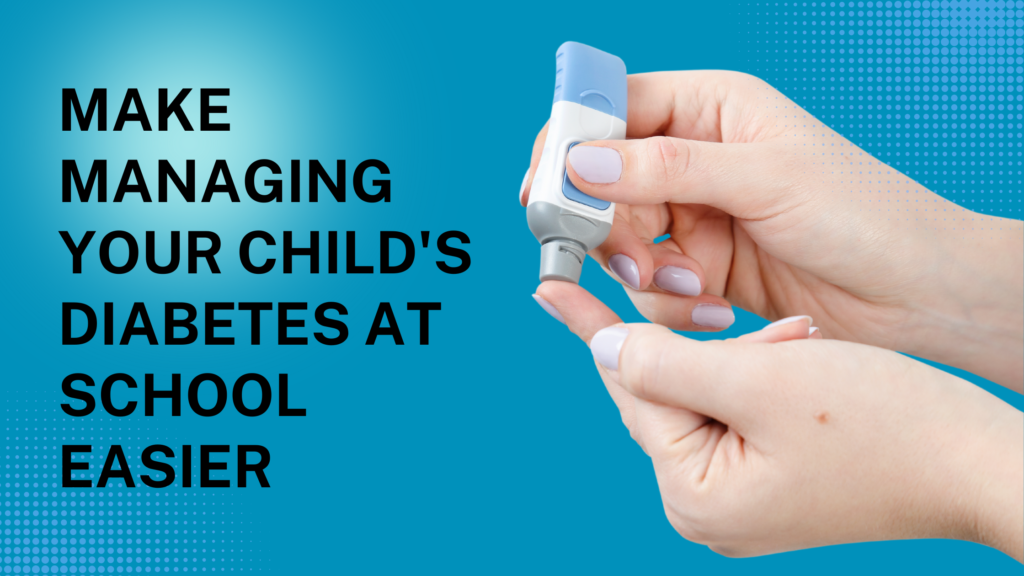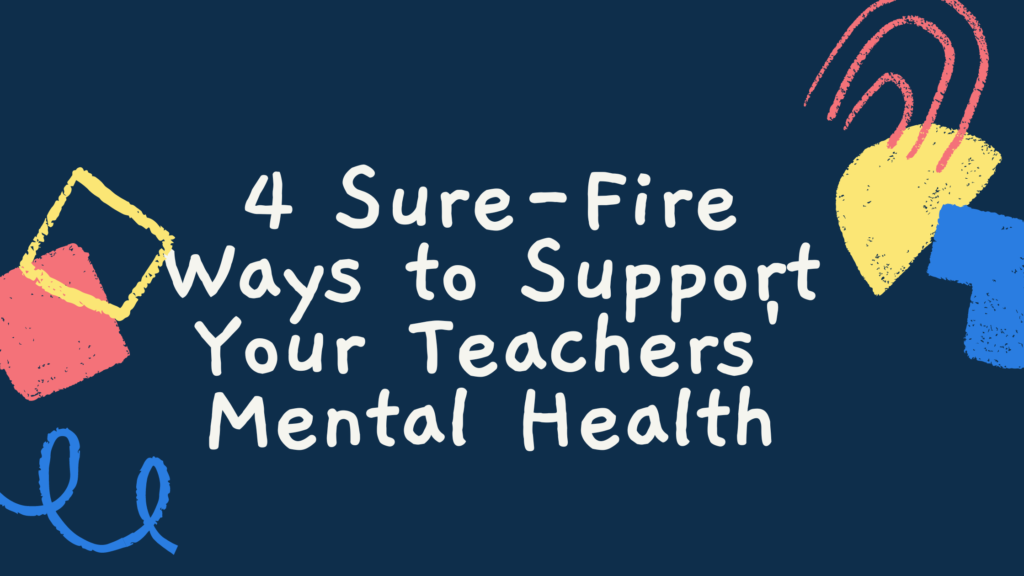
November is National Diabetes Awareness Month
Diabetes can be a hard disease to manage alone It can be so frustrating with the highs and lows of blood sugars that people often get burned out and give up on controlling their diabetes Please don’t let this happen to you or a loved one Please call Mantachie Rural Health Care INC for an appointment with our Diabetes Educator and Registered Dietitian Erica Witcher You can reach us at 662-282-4226 or email us at info@mantachieclinicorg











